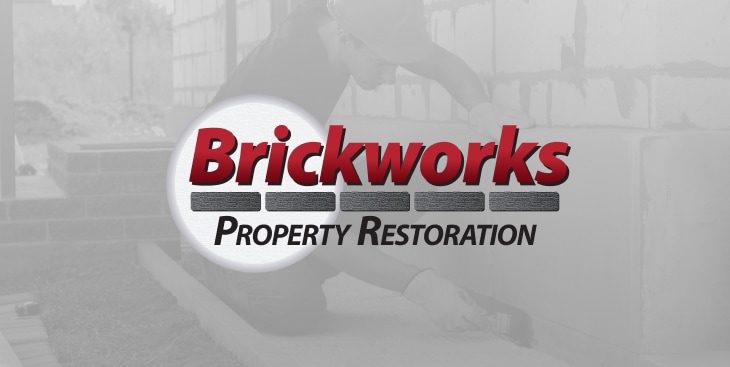

Tuckpointing and Repointing: What’s the Difference?
People often use the terms “tuckpointing” and “repointing” interchangeably because they are both associated with brick mortar. However, they do have different meanings. Nonetheless, this has led to a fair amount of confusion for consumers who think they might need one or the other for their brick home, chimney, or edifice. So, what is the difference between tuckpointing and repointing? Read on to find out!
What is Tuckpointing?
Tuckpointing is a relatively simple process of using two different colors of mortar for the mortar joints between bricks. Generally, one of the colors matches the color of the bricks, giving the impression that the joints are very thin. Brickwork experts and masons use special tools known as “jointers” to apply to the two different shades of mortar. Though tuckpointing can be applied when there is brick damage to be repaired, it is largely an aesthetic choice, though not completely so.
What is Repointing?
If you hire a brickwork expert because you have damaged bricks, you’ll almost certainly need repointing. In essence, repointing is simply removing damaged mortar and replacing it with new mortar. Thus, repointing is the actual process of repairing damaged brick and mortar. The joints are extremely important, as they support the entire brick structure. So, if you have brick damage, repairing the mortar joints should be a top property.
Repointing is often utilized when water damage has occurred. Over time, water seeps into the crevices and causes some of the brick and mortar to erode. Repointing reseals any damaged joints and helps ensure that the damage does not become worse.
Tuckpointing and Repointing
It’s important to note that tuckpointing and repointing can be used together to repair damaged bricks. Repointing ensures that the brick remains structurally sound, while tuckpointing gives the impression that more expensive bricks have been used. This is the primary function of tuckpointing, which has been used to improve the visual appeal of bricks for centuries. In any case, the two used together can help repair and improve the quality of a brick structure without needing to completely replace the brick itself.
When to Call a Brickworks Expert
Bricks are a solid material that can stand the test of time. That said, bricks are not perfect. They can become damaged due to weather, water, or even foreign objects. Thus, you must invest in regular brick maintenance and ensure that you’re doing everything to keep your bricks in peak condition. A brick chimney or wall can last for literally hundreds of years, but the mortar between the bricks typically lasts for just a few decades. As a result, you will almost certainly need to get an expert to do some tuckpointing and/or repointing to sustain your brick for the long-term. If your mortar joints are showing signs of damage, they will need to be repaired immediately to ensure the strength of your structure.
For more information on tuckpointing or repointing your brick mortar joints, contact the experts at Brickworks Property Restoration today!
Contact Us
Contact Us Today


We're Built on a Foundation of Excellence
Check Out Our Awards & Certifications
- Angi Super Service Award 2023
- Nextdoor Neighborhood Favorite 2023
- A+ Better Business Bureau Rating
- Certified by the Environmental Protection Agency
- Certified Chimney Sweep

